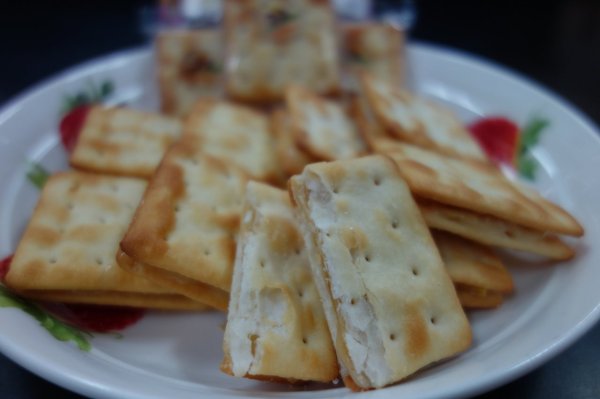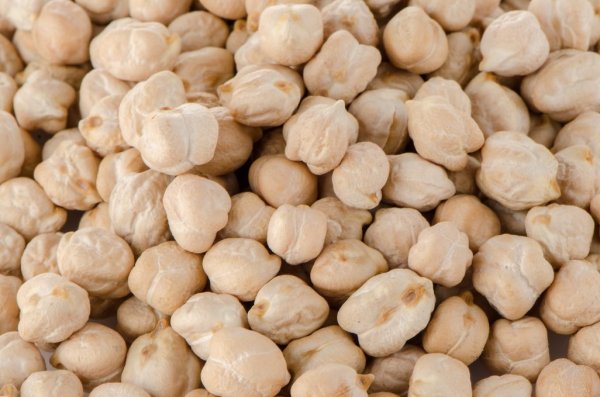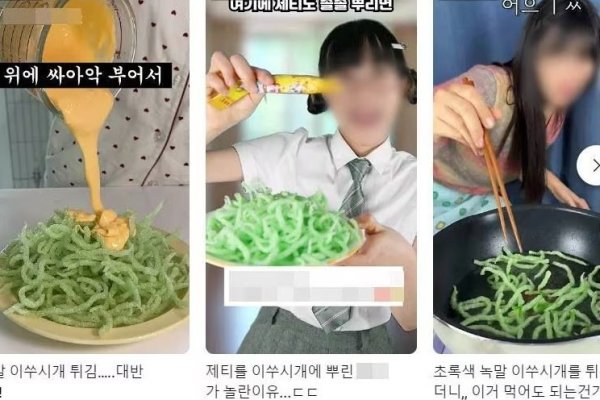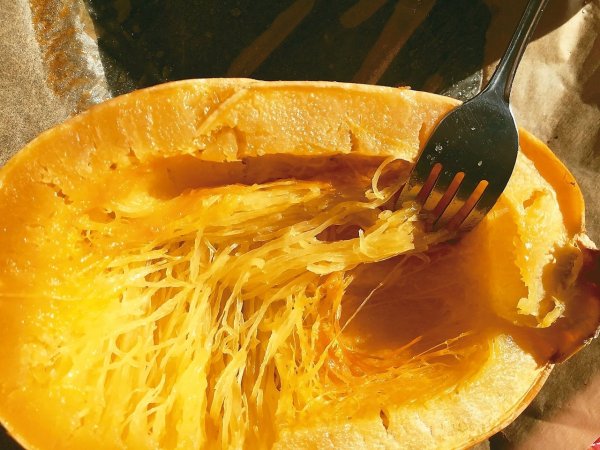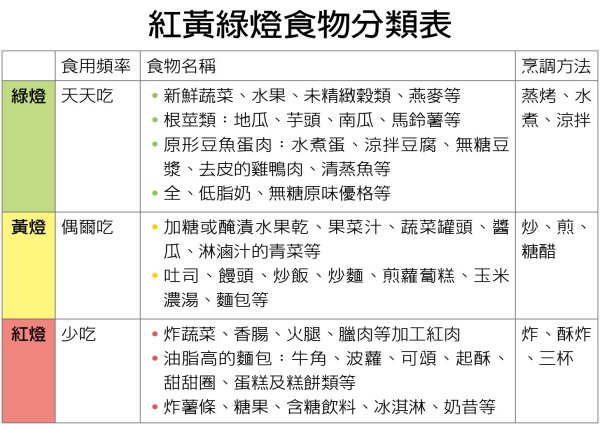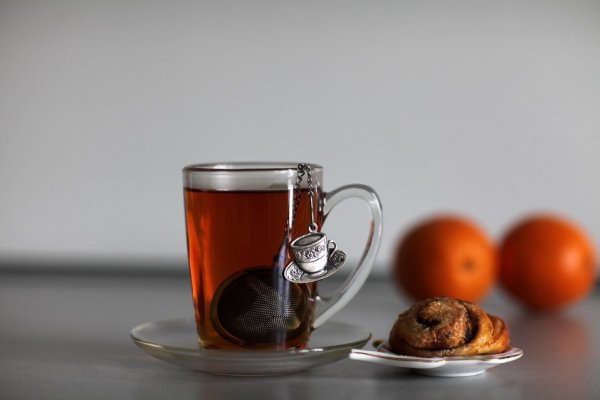What are the causes of obesity and chronic inflammation? Is lectin in plant-based food harmful to the body?
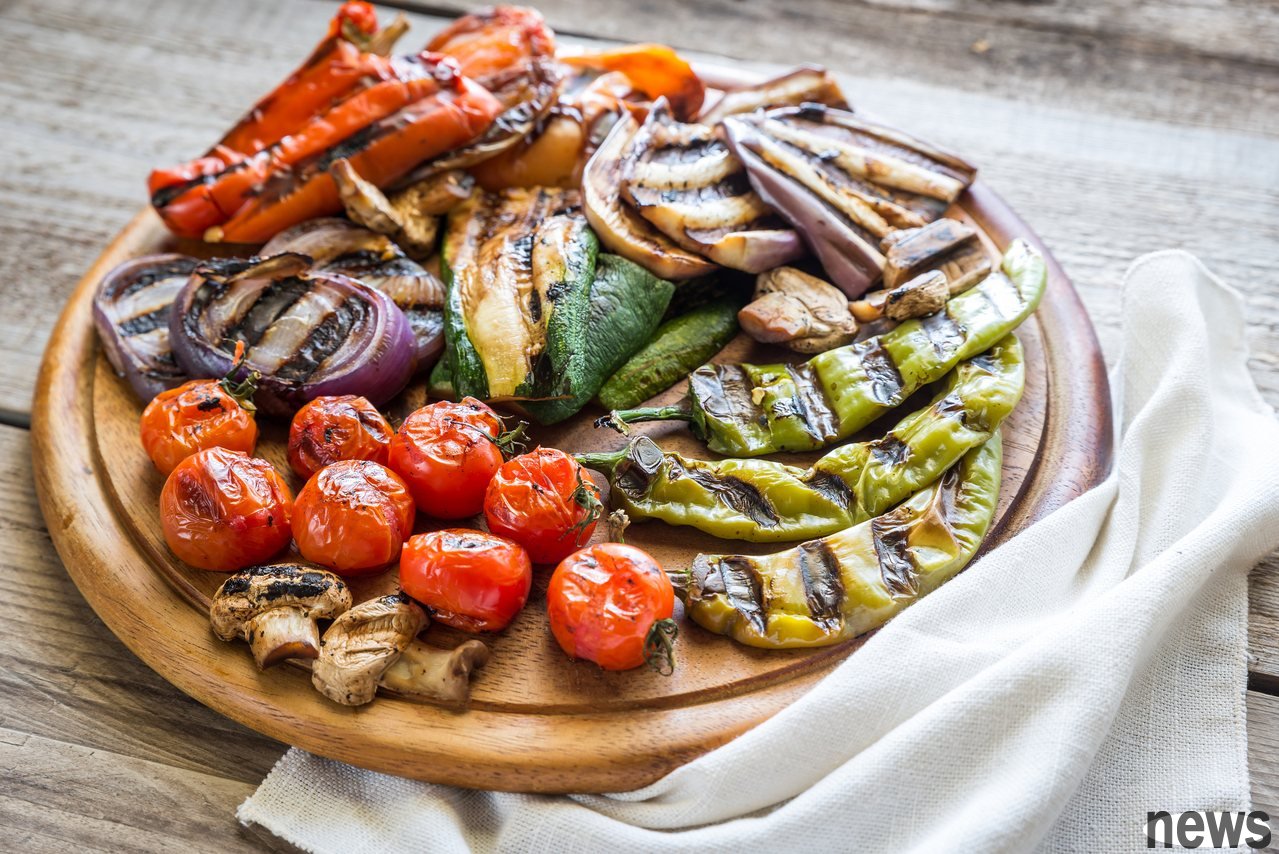
I published the Plant Reverse &ndash on 2023-7-5; The classic of Saw Science, pointing out that the book "Plant Reverse" is a classic of Saw Science. Reader Samson Shu Lun Tang left a message in the response column on 2023-11-1:
"I am also very skeptical about the idea that plants are not suitable for eating, but I also want to know more about 'lectins' to determine the unreliable concept of this book. Therefore, I hope to explain more about 'lectins' related information below. Thank you""The Reverse of Plants" is based on "the harmful theory of lectin", and many people, including many doctors, are trapped in this myth. I have published two articles about lectin:
2017-7-17: Eat raw, cooked, anti-nutrients: "In fact, in the United States, there are few vegetables that cannot be eaten. Eat raw. There is only one exception. That is beans. Most beans contain high amounts of red hemoglobin, which is fatal. Some beans, such as peas, contain lower amounts of red hemoglobin, so they can be eaten raw in small amounts (but for safety, salad bars will not have them). No matter what, just steam or boil for ten minutes, you can reduce the red hemoglobin in the beans by 200 times. However, it is useless to cook with slow crock. This is because the temperature below 80 degrees Celsius cannot destroy red hemoglobin. "
2020-7-10: Will straw mushrooms and shiitake mushroom stems cause medium wind? . This article is a comment on what Dr. Wang Liuming calls "The mushroom stem that causes middle wind." He said that because the stem of shiitake mushroom contains "protein agglutinating toxins", it will cause middle wind. However, there is no word "protein agglutinin" in medical literature, so it is clearly the misunderstanding of "red hemogglutinin". I also pointed out that there are no scientific evidence that the stalk of shiitake contains "red hemoglobin", let alone what it can cause middle wind.
The most detailed and pertinent information about lectin is an article from Harvard University (last review in January 2022). I translate the whole article as follows:
lectin or hemagglutinin is a "antigenin". They are present in all plants, but the lectin content is the highest in all grains such as raw beans (yellow beans, lentils, peas, soybeans, peanuts) and wheat. Because popular media and fashionable diet books list lectin as the main cause of obesity, chronic inflammation and autoimmune diseases, they have received widespread attention. But what is the truth behind these statements?
lectins are defined as proteins combined with carbohydrates. Lectins are used in nature to protect the same function of plants that may cause problems during human digestion. They resist decomposition in the kidney and remain stable in acidic environments, which protect plants containing lectin in nature.
After being inserted, lectin can cause red blood cells to gather together, which can also cause nausea, vomiting, stomach discomfort and abdominal distension. Slighter side effects include abdominal distension and gastrointestinal aura.
Animal and cell studies have found that active lectins can activate the absorption of minerals, especially calcins, irons, phosphorus and pilos. Beans and grains usually contain these minerals, so the simultaneous presence of lectin may prevent the absorption and utilization of these minerals in the body. Lectins can also be combined with cells in the inner wall of the digestive tract. This may destroy the decomposition and absorption of nutrients, and affect the growth and function of cystic bacteria. Because gluten can combine with cells for a long time, they may cause an autoimmune response and theoretically develop an effect in inflammatory diseases such as moisture-related inflammation and type 1 diabetes.
These theories touch on favorable anti-lectin movements, giving birth to spontaneous books and enzyme supplements that prevent intra-lectin activity. However, studies on the intake of active lectin in human diets and their long-term health effects are very limited. Anti-nutrients, including lectin, are most commonly studied in diets in developing countries, where poor nutrition is prevalent or very limited in food types, and whole grains and beans are important daily staple foods.
It is important to remember that we rarely eat foods containing a lot of active lectin. One reason is that lectin is most effective in raw states, and foods containing them are not usually eaten raw. Cooking, especially using boiling or stooling, or soaking in water for several hours, can inactivate most lectins. Lectins are water-soluble and usually present on the outer surface of food, so they will be removed after contacting water.
An example is dry beans. To be ready to eat, soak them for a few hours, then cook for a few more hours to soften the beans, thus leaving lectin useless. Canned beans are cooked and packaged in liquids, so they are also low in lectin. However, cooking raw beans at low heat (for example in slow-bearing pots) or undercooked beans will not remove all lectin.
Our bodies produce enzymes during digestion, degrading some lectin. Other processes that inactivate these compounds include germination of grains and beans, and mechanically removing shells of beans and micrometals containing the most lectin.
Different foods contain different types of lectin, and people's reactions to them vary greatly. People with potential digestive sensitivity (such as dysentery disorder) may be more likely to experience negative symptoms due to consumption of lectin and other anti-nutrient substances. Since reported lectin sensitivity symptoms can be identified through physical inappropriate physical conditions, a reasonable solution may be to eat less or eat less foods that cause digestive problems.
lectins can act as antioxidants to protect cells from damage caused by free radicals. They also reduce the digestion and absorption of carbohydrates, which may prevent sudden rise in blood sugar and increased insulin levels. Early research also focused on the use of nontoxic small amounts of certain lectin to help stimulate the growth of tract cells in patients who cannot eat for a long time, and the use of anti-cancer treatment because lectin can cause cancer cell death.
In many large-scale population studies, lectin-containing foods such as soybeans, whole grains and fruits are related to the incidence of cardiovascular disease, weight reduction and type 2 diabetes. These foods are rich in group B vitamins, protein, fiber, minerals, and healthy fats. Therefore, the health benefits of eating these foods are far beyond the potential harm of lectin in these foods.
Original text: Plant reverse — the truth about the harmful lectinResponsible editor: Gu Zihuan



